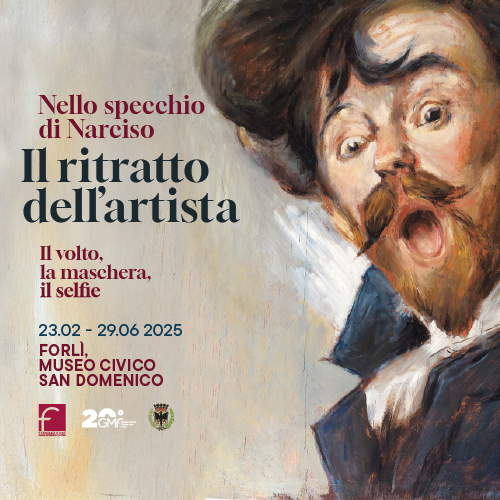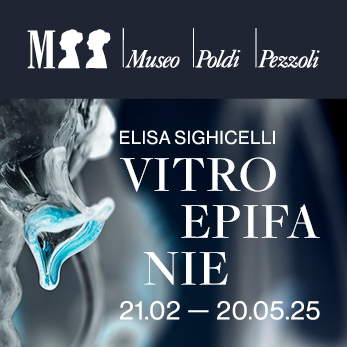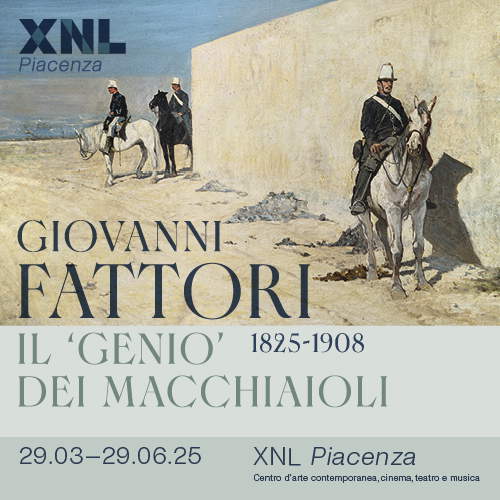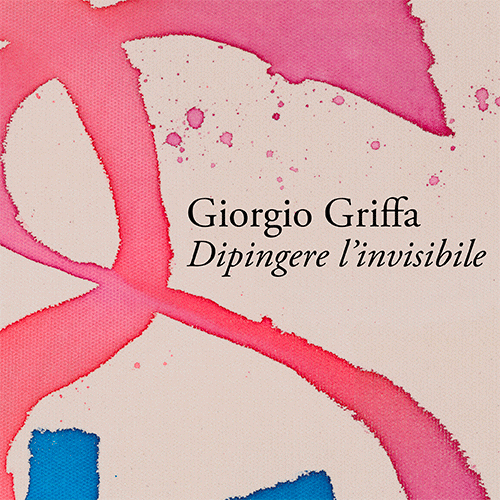The ethical role of art in the face of the horrors of war. An exhibition of historical and contemporary artists in Parma
On the occasion of the80th anniversary of the Liberation, the Governor’s Palace in Parma is hosting from April 12 to May 25, 2025 the group exhibition If This is a Man. Art Remembers. Humanity Resists. Works 1945-2025, curated by Chiara Canali and inspired by Primo Levi’s novel of the same name.
Through a rereading of Levi’s work, the exhibition offers a representation of twentieth-century humanity, marked by wartime dramas, loss of identity and the emergence of the unconscious. The exhibition testifies to the ethical role of art in awakening consciences to the horrors of war, the crimes perpetrated in the death camps and the tenacious resistance against oppression. Among the works on display are those of Aldo Carpi (teacher at the Milan Academy of Fine Arts, later interned in Mauthausen-Gusen), the protagonists of Milanese Existential Realism such as Bepi Romagnoni, Giuseppe Guerreschi, Gianfranco Ferroni, Mino Ceretti, and Tino Vaglieri, along with authors from other backgrounds such as Renzo Vespignani and Alberto Sughi.
The works of these artists are not limited to aesthetic research, but embody the sentiment of a generation that, although devastated by war, seeks to rebuild its future on the ruins of the past. Their pictorial language is united by a shared poetics and a strong denunciation of the brutality of power, the precariousness of existence and the alienation of modern man. Prominent among the works of denunciation are Pablo Picasso’s etchings Sueño y Mentira de Franco (1937) and Renato Guttuso’s collection of drawings, Gott mit Uns - God is with us (a phrase engraved on Nazi buckles), a cycle that recounts not only the horrors of war, but also the commitment of partisans and the value of the Resistance, understood as a struggle for freedom.
The theme of martyrdom, reinterpreted in a Christological key, emerges in the Crucifixions by Aldo Borgonzoni and Remo Brindisi, where the human being, annihilated by violence, takes on the features of an outraged Christ, transforming the vicissitude of the persecuted into a contemporary tragedy. Prominent among the artist’s books on display are Cadastre de cadavres (1974) by Zoran Music, an intern in Dachau, who after twenty-five years reworks through art the trauma of the concentration camps, transforming that hell into a universal tragedy.
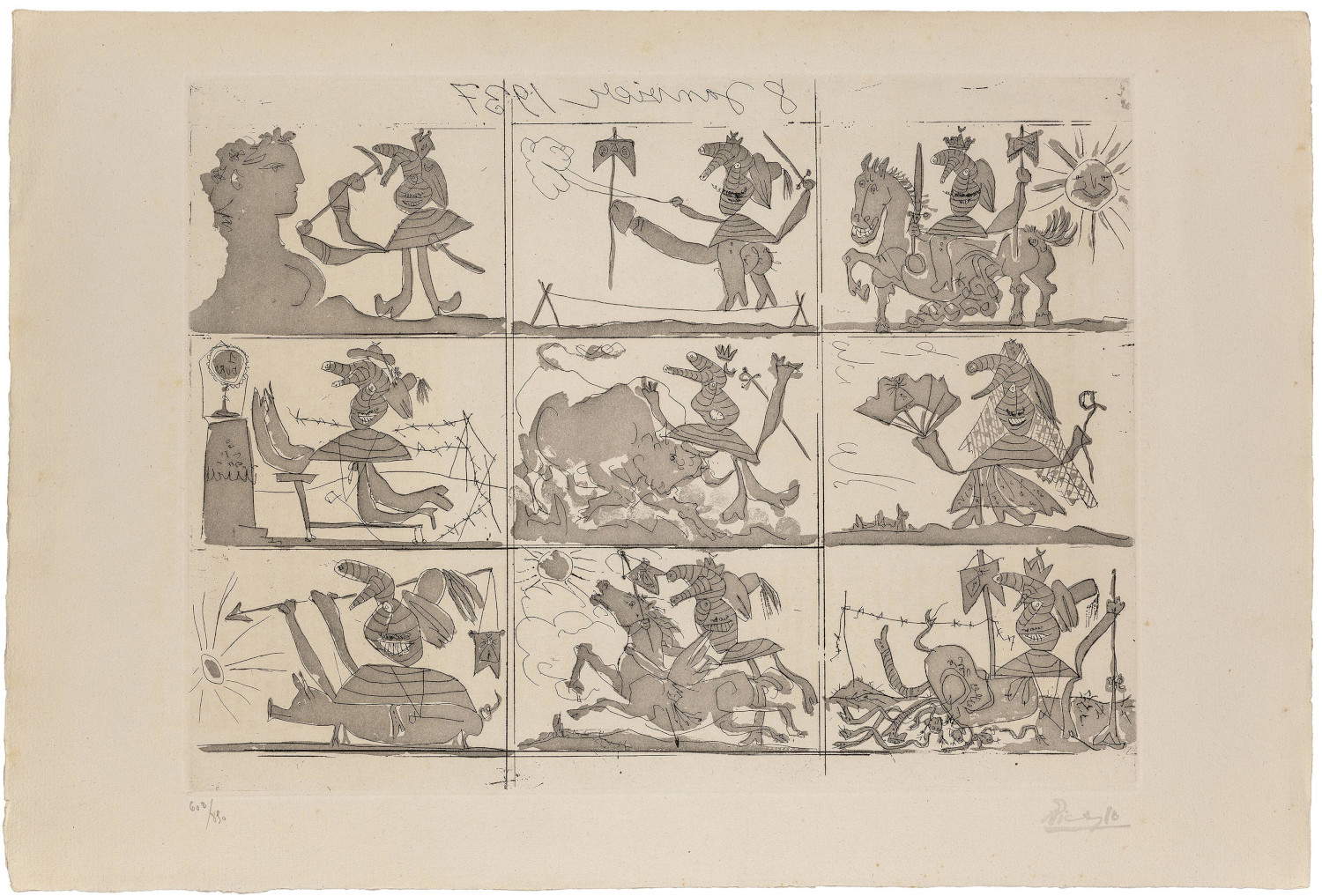
An entire section is dedicated to the sculpture of Memory and Resistance, created by artists who, after the Liberation, oriented their production toward themes of civil commitment, including through monumental works. Representations inspired by the partisan struggle characterize much of Italian sculpture of the period. Examples include Luciano Minguzzi’s Monumento al Partigiano e alla Partigiana (1947), dedicated to the anti-Nazi battle of Porta Lame in Bologna; Mario Mazzacurati’s Monumento al Partigiano (1954-56) in Parma, created with architect Lusignoli; and Mirko Basaldella’s 1950 bronze gate of the Fosse Ardeatine Mausoleum, evoked by the sculpture Motivo spinato (Barbed Motif) featured in the exhibition.
The exhibition also explores the human face and figure in the 20th century, often portrayed as a symbol of pain and suffering, an expression of a torn humanity. Faces and bodies, devoid of defined features, appear deformed by screams and grimaces of anguish, testifying to contemporary man’s sense of despair. An emblematic example is the works of Francis Bacon, whose monstrous and distorted bodies have influenced generations of subsequent artists.
The section devoted tocontemporary art includes the works of the exponents of the Nuova Figurazione Italiana, born between the 1960s and 1980s, characterized by a pictorial language that oscillates between post-expressionism and hyper-realism. Here, the human figure seems imprisoned in a nightmare of terror and loneliness, as if in a hellish limbo in which it loses identity, dignity and hope. Scenes of war, persecution, and violence emerge in the works of Paul Beel, Francesco Lauretta, Enrico Robusti, and Sergio Padovani, while a fragile and defenseless humanity, evoked by Primo Levi’s definition, is reflected in the works of Agostino Arrivabene, Roberto Coda Zabetta, Marco Fantini, Greta Frau, Giovanni Iudice, Federico Lombardo, Paolo Maggis, Andrea Martinelli, Lorenzo Puglisi, Desiderio Sanzi, and Santiago Ydanez.
The last section focuses on the relationship between art, technology and Artificial Intelligence, exploring the interaction between man, animal and machine. Through the works of Giuseppe Lo Schiavo, Davide Maria Coltro and Mario Klingemann, a critical reflection is raised on the conscious use of reason and the risks associated with the delegation of thought and will to external entities.
The exhibition consists of about 100 works by 65 artists, both historical and contemporary, from important public and private collections, including the Museo Monumento al Deportato and the Fossoli Foundation in Carpi, the Art Collection of the Municipality of Marzabotto, the Lercaro Collection in Bologna, the Collezioni d’Art of Cariparma Foundation - Corrado Mingardi Donation, the VAF-Stiftung Foundation in Frankfurt, The Bank ETS Foundation - Institute for Contemporary Painting Studies, the Giampaolo Cagnin Collection, and the Barilla Collection of Modern Art in Parma.
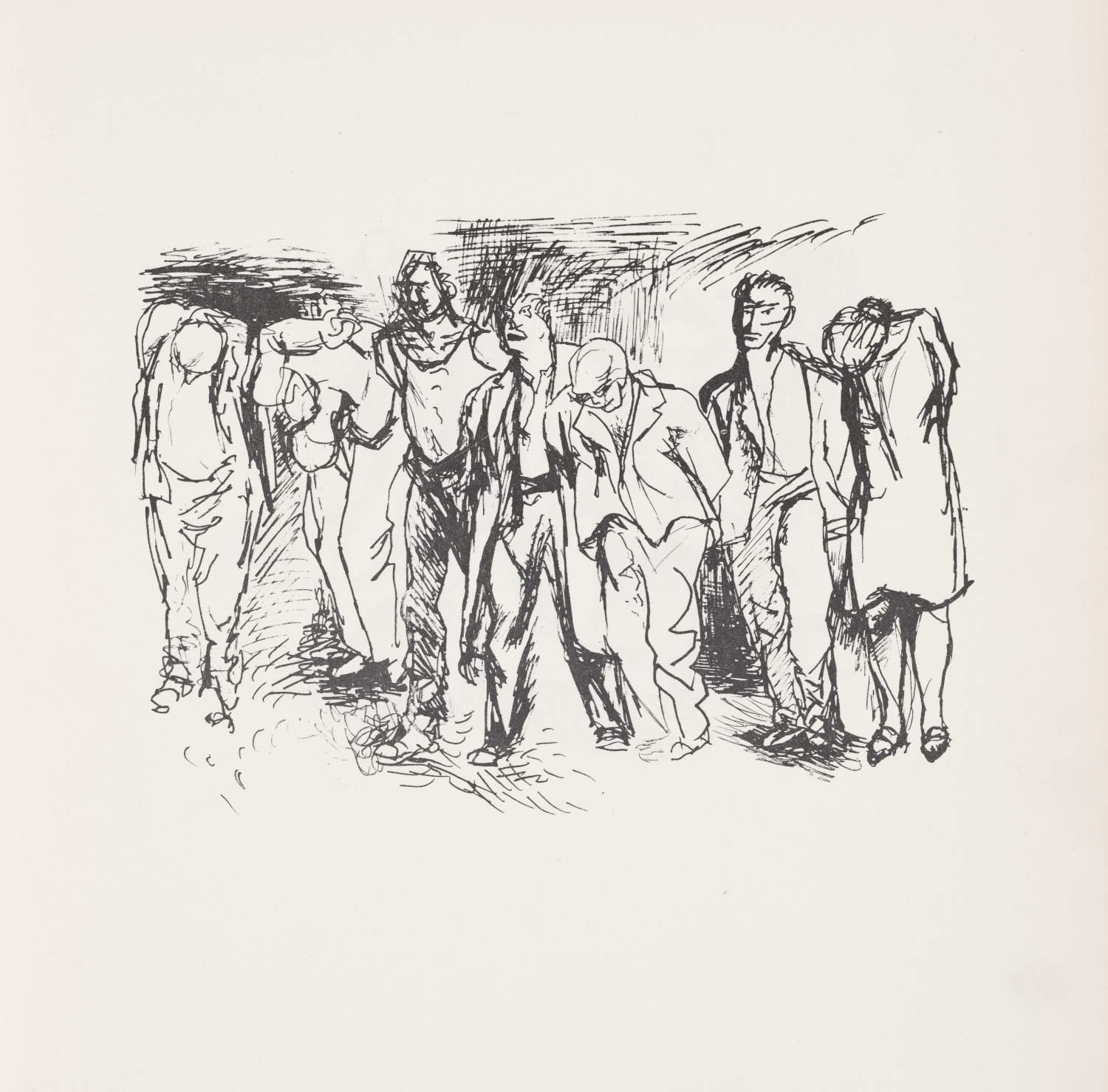
Artists in the historical section are: Valerio Adami, Francis Bacon, Mirko Basaldella, Ubaldo Bertoli, Aldo Borgonzoni, Floriano Bodini, Remo Brindisi, Aldo Carpi, Mino Ceretti, Agenore Fabbri, Gianfranco Ferroni, Luigi Grosso, Giuseppe Guerreschi, Renato Guttuso, Trento Longaretti, Alberto Longoni, Marino Mazzacurati, Luciano Minguzzi, Henry Moore, Ennio Morlotti, Zoran Music, Mario Nanni, Pablo Picasso, Diego Rambelli, Antonio Recalcati, Bepi Romagnoni, Alberto Sughi, Ernesto Treccani, Tino Vaglieri, Renzo Vespignani, Tono Zancanaro, Giuseppe Zigaina.
The contemporary section features: Agostino Arrivabene, Paul Beel, Thomas Berra, Chiara Calore, Roberto Coda Zabetta, Nebojsa Despotovic, Fulvio Di Piazza, Marco Fantini, Greta Frau, Alessandro Giannì, Alfio Giurato, Federico Guida, Giovanni Iudice, Francesco Lauretta, Gaia Lionello, Federico Lombardo, Marco Luzi, Paolo Maggis, Andrea Martinelli, Michele Moro, Enrico Robusti, Sergio Padovani, Alessandro Papetti, Lorenzo Puglisi, Giuliano Sale, Desiderio Sanzi, Davide Serpetti, Cristiano Tassinari, Nicola Verlato, and Santiago Ydanez.
Finally, digital works by Davide Maria Coltro, Giuseppe Lo Schiavo and Mario Klingemann are on display.
Promoted by the cultural associations 360° Creativity Events and Art Company, the exhibition is part of the schedule of the ninth edition of PARMA 360 Festival and has the contribution of the City of Parma, the Emilia-Romagna Region and the Cariparma Foundation, joined by a wide network of public and private partners. The exhibition has, in addition, been granted patronage by Milan’s Fondazione Memoria della Deportazione - into which all the documentation of more than 50 years of ANED’s activities has flowed, the Fossoli Foundation in Carpi, the ANPI Parma Provincial Committee and AICVAS (Italian Association of Anti-Fascist Volunteer Fighters of Spain). Accompanying the exhibition is the book-catalogue SE QUESTO È UN UOMO. Art Remembers. Humanity Resists. Works 1945-2025 published by Dario Cimorelli Editore, sponsored by BPER, with introductory texts by curator Chiara Canali and critics Cesare Biasini Selvaggi and Cristian Valenti.
For info: www.parma360festival.it
Hours: Wednesday through Sunday from 10 a.m. to 7 p.m. Closed Mondays and Tuesdays.
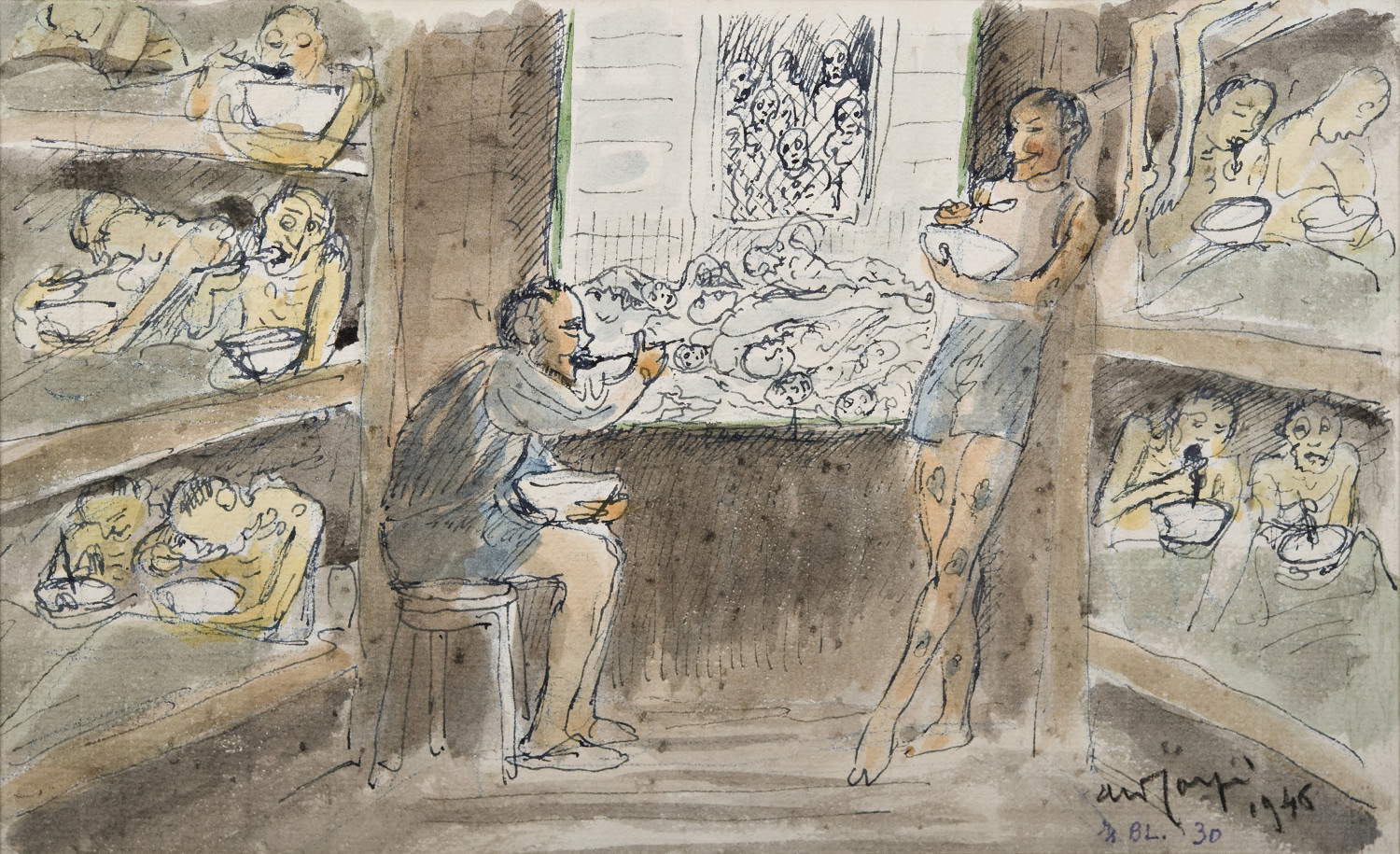
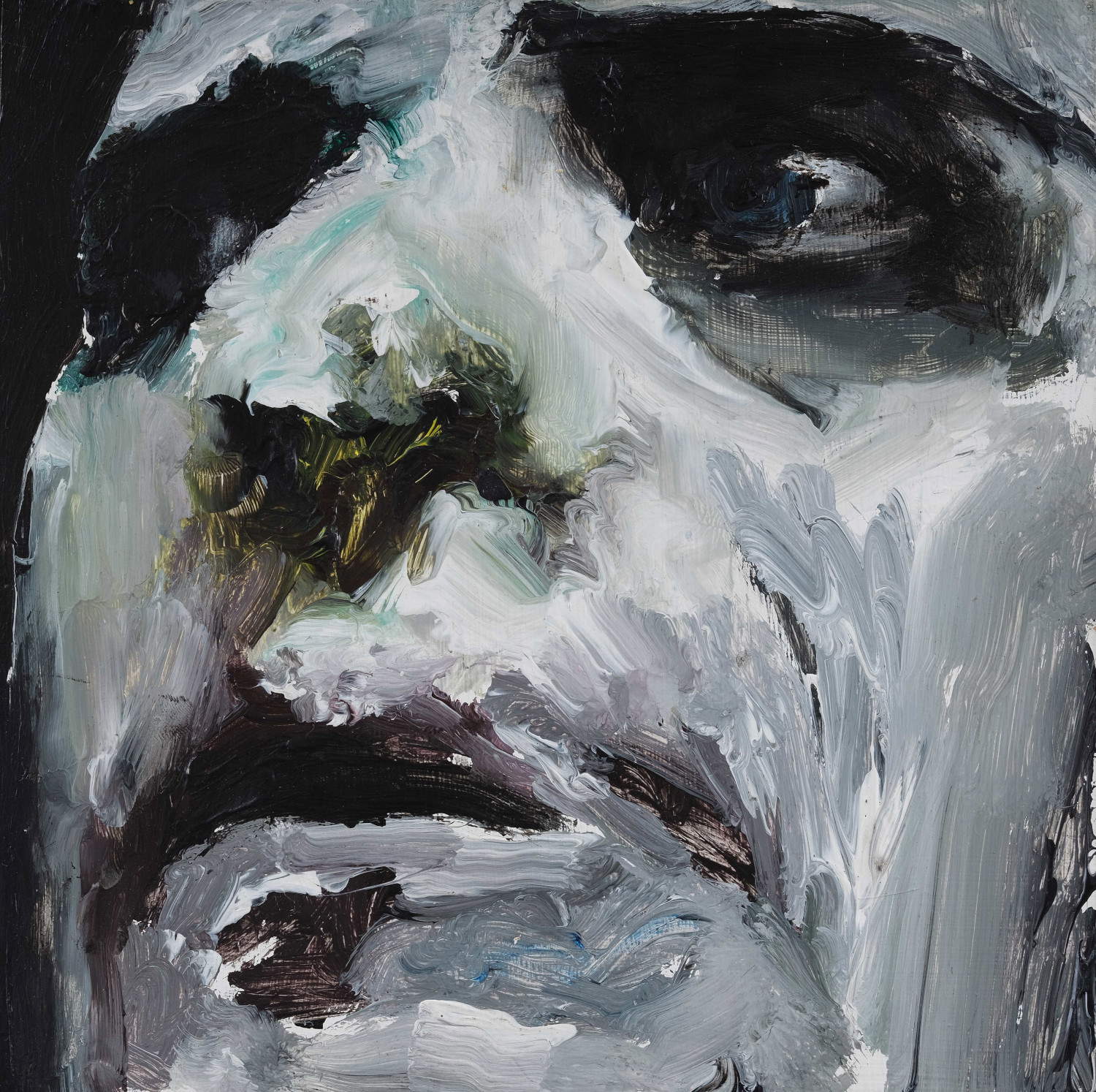
 |
| The ethical role of art in the face of the horrors of war. An exhibition of historical and contemporary artists in Parma |
Warning: the translation into English of the original Italian article was created using automatic tools. We undertake to review all articles, but we do not guarantee the total absence of inaccuracies in the translation due to the program. You can find the original by clicking on the ITA button. If you find any mistake,please contact us.





